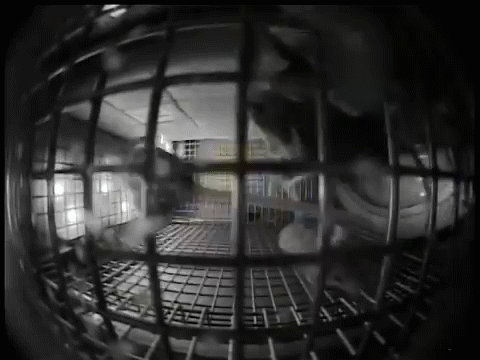A NASA study on mice in microgravity environments has resulted in some interesting, and humorous, video results.
As NASA gears up to send humans on longer missions in low-gravity environments like the moon and Mars, scientists have begun to study animals’ behavior in microgravity. Last week, scientists published the first detailed study on mice in these environments. The mice were housed in NASA modules and had their behavior filmed over the course of almost a dozen studies.
The findings were that the rodents performed “all the typical mouse behaviors,” even in a weightless environment. During the course of 37 days in microgravity, a long time in the life cycle of mice, the mice continued to eat normally, groom themselves, and interact with one another. One difference that was observed, though, was something scientists have termed “race-tracking.”

“A unique behavior was seen in some mice, starting about a week after launch,” the NASA release reads. “… The younger mice in space were more physically active than their counterparts on the ground.” The study found that the mice began “running laps around the cage,” which soon “evolved into a group activity.”
April Ronca, the lead author of the report and a researcher at NASA’s Ames Research Center, said that the study is illuminating and has implications for human space travel.
“Our behavioral study shows that the NASA Rodent Hardware System provides the capability to conduct meaningful long-duration biological research studies on the International Space Station,” Ronca said. “Experiments conducted in the habitat can focus on how mouse physiology responds to the spaceflight environment during extended missions and on similarities in response to astronaut crew.”





